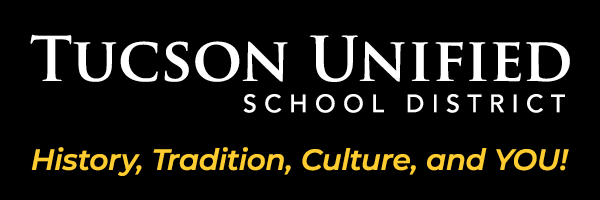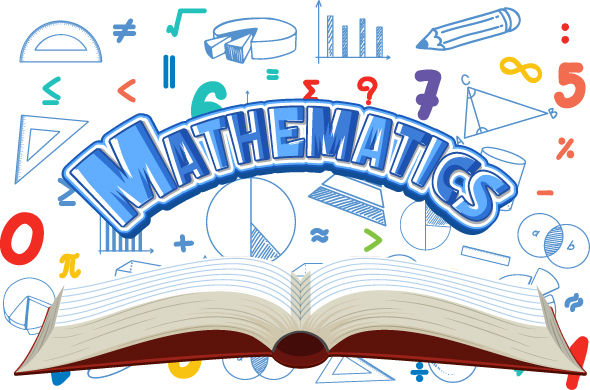5th Grade Math Course
Question 1: How do place value and number relationships help us make sense of operations with whole numbers, fractions, and decimals?
Question 2: How does understanding the structure of our number system, from whole numbers to fractions and decimals, empower us to solve complex problems and make sense of the quantities all around us?
We learn how place value helps us understand multiplication and division with whole numbers. We also learn to recognize patterns when multiplying by powers of 10, convert between metric units, and solve multi-step word problems. As we work with numerical expressions, we are also practicing using parentheses and brackets to understand the order of operations.
We can use these skills to solve real-world problems such as converting between kilometers, meters, and centimeters. We can also use these skills to break down complex problems step by step like planning travel or organizing materials for a large-scale project.

We learn to interpret fractions as the result of dividing a whole number numerator by a whole number denominator and apply this understanding to solve word problems involving fractions and mixed numbers. We will also learn how to add and subtract fractions with unlike denominators by converting them to equivalent fractions with like denominators, using a variety of models and strategies.
We can use our understanding of fractions to solve practical problems involving measurements and data, such as adjusting recipes, measuring materials, or analyzing fractional data in line plots.

We use our understanding of adding and subtracting fractions to learn how to multiply and divide fractions, including fractions by whole numbers and fractions by fractions. We use visual models to solve complex word problems that involve fractions.
We can use these skills for solving everyday problems that involve dividing things into parts, whether it's sharing items, time, or resources. Understanding fractions helps us make informed decisions in various situations, like calculating portions or determining how much is left after something is used or given away.

We use our understanding of numbers and fractions to deepen our understanding of decimal numbers. We use place value to help us compare, round, add, subtract, multiply and divide decimals.
We can use our knowledge of decimals to manage money. Whether we’re comparing prices, calculating discounts and tax. Knowing how to add, subtract, multiply, and divide decimals helps us make smart financial decisions.
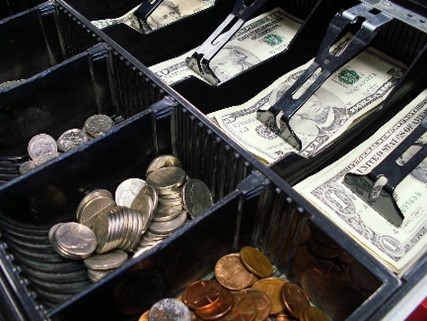
We learn to classify two-dimensional figures. Then, we use our knowledge of fractions to find the area of rectangles. To find volume we count unit cubes and use multiplication skills we have learned before.
We can use the skills when working with space and measurements. For example, designing a room layout, measuring materials and packing effectively. These concepts also apply to careers in architecture, construction and engineering.
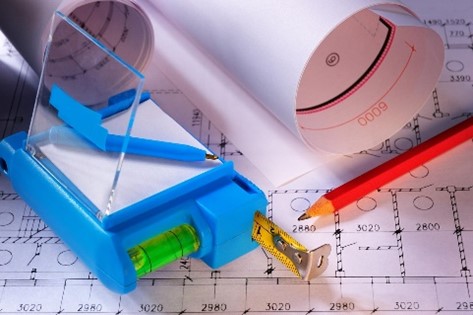
We learn how to use the coordinate plane to plot points, identify ordered pairs and describe distances between points. We also work with geometric figures to classify angles, parallel and perpendicular lines and solve problems.
We can use this to recognize the coordinate place as a tool for representing data and solving real-world problems. For example, we could plot data such as the number of products sold over time, temperatures during the week, or distances traveled by a vehicle at different times. This skill helps us analyze real-world data, make connections between number patterns, and solve problems in everyday situations.
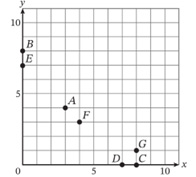
We are here to equip, inspire and enrich the strengths of all learners with relevant educational experiences for lifelong learning.
Every day we strive to provide a world-class education that is equitable, empowering and inspiring for all.
Learn more about our programs & resources.
C&I Department
520-225-6282
1010 E. Tenth St., Tucson, AZ 85719 Map (google.com)
